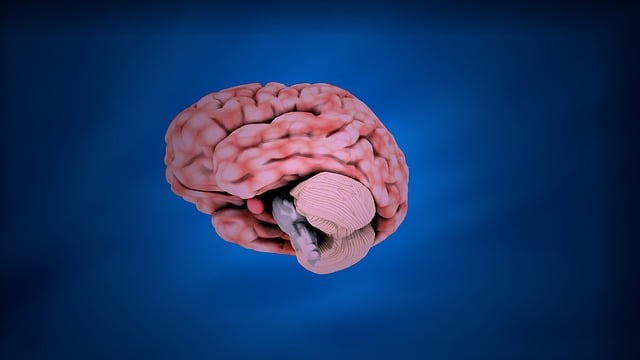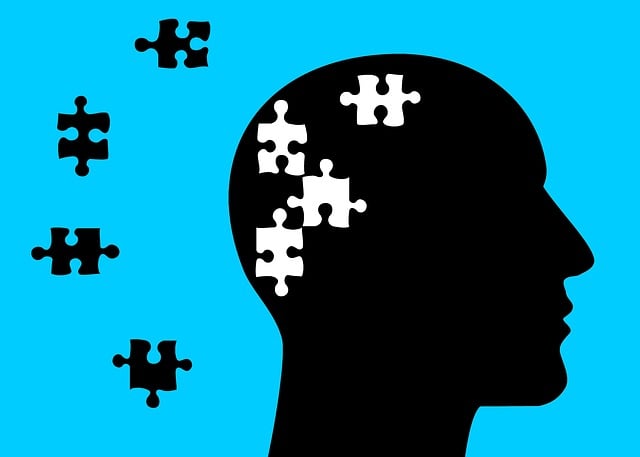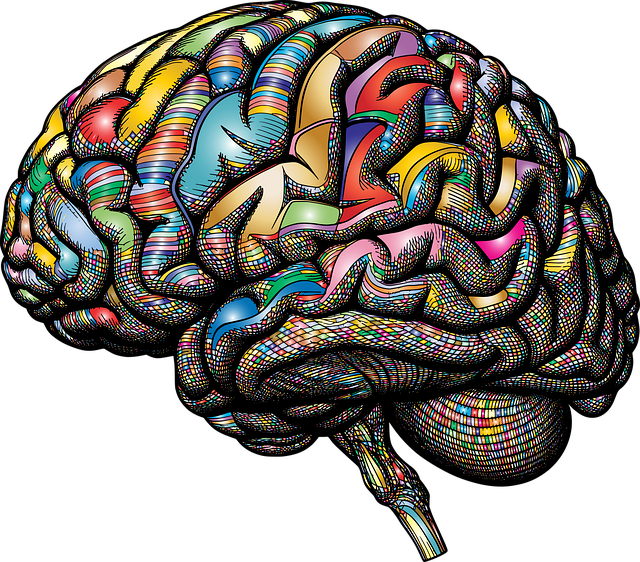TL;DR:
Analyzing mental health data of young children after divorce is crucial for effective therapy. Therapists use machine learning and statistical modeling to identify patterns, tailor interventions, and provide age-appropriate trauma support. Strategies like compassion cultivation and stress management empower kids to cope with emotions, build resilience, and foster inner strength. Regular data analysis ensures therapists stay updated, refine practices, and improve outcomes for children affected by divorce.
Mental health data analysis plays a pivotal role in understanding the well-being of young children post-divorce. This article delves into three key components: exploring mental health data specific to this demographic, employing advanced analysis techniques to identify hidden patterns and trends, and utilizing these insights to inform therapeutic interventions tailored for their unique needs. By examining these aspects, we can enhance therapy for young children affected by divorce through evidence-based practices.
- Understanding Mental Health Data in Young Children Post-Divorce
- Analysis Techniques for Uncovering Hidden Patterns and Trends
- Interpreting Findings to Guide Therapeutic Interventions
Understanding Mental Health Data in Young Children Post-Divorce

Understanding Mental Health Data in Young Children Post-Divorce
In the aftermath of divorce, young children often grapple with a myriad of emotions and adjustments. Therefore, mental health data analysis becomes crucial to unravelling their psychological experiences and needs. This process involves meticulously examining various factors such as behavioural changes, emotional expressions, and communication patterns—all vital indicators of their well-being. By employing evidence-based therapy for young children post-divorce, therapists can effectively support these vulnerable individuals.
Effective communication strategies play a pivotal role in this journey. Trauma support services tailored to their age group help them process complex feelings and normalize their experiences. Moreover, stress management techniques teach children healthy coping mechanisms, empowering them to navigate life’s challenges with resilience. This holistic approach ensures that mental health data interpretation is not just a numerical exercise but a pathway to restoring and nurturing the emotional landscapes of young children affected by divorce.
Analysis Techniques for Uncovering Hidden Patterns and Trends

In the realm of mental health data analysis, uncovering hidden patterns and trends is akin to dancing through a tapestry of complex emotions and experiences. Advanced techniques, such as machine learning algorithms and statistical modeling, play a pivotal role in this process. By delving into large datasets from therapy sessions for young children, researchers can identify recurring themes and risk factors associated with divorce. These insights enable professionals to develop tailored interventions that strengthen inner strength development in both parents and children.
For instance, analyzing trends reveals that consistent self-care routine development for better mental health is a common thread among families that successfully navigate divorce. Emotional regulation strategies, when integrated into daily life, serve as powerful tools for managing stress and fostering resilience. As previously mentioned, these findings underscore the importance of early intervention and proactive measures in promoting mental well-being, especially during challenging periods such as divorce.
Interpreting Findings to Guide Therapeutic Interventions

When analyzing mental health data, particularly for young children navigating the complexities of divorce, interpreting findings is a pivotal step in guiding therapeutic interventions. This process involves identifying patterns and trends within the collected data that can offer insights into the child’s emotional well-being and behavioral patterns. By understanding these nuances, therapists can tailor their approach to address specific mental health concerns more effectively. For instance, if the analysis reveals heightened anxiety or depression symptoms among children post-divorce, therapists might incorporate compassion cultivation practices into their therapy sessions to foster resilience and emotional regulation.
Moreover, considering the unique challenges faced by young children during and after divorce, risk management planning for mental health professionals becomes imperative. This includes ensuring a safe and supportive therapeutic environment, implementing evidence-based strategies, and integrating burnout prevention techniques to sustain the well-being of both the child and the therapist. Regular data analysis and interpretation allow therapists to refine their practices, stay updated with emerging research, and continuously improve outcomes in therapy for young children affected by divorce.
Mental health data analysis offers a powerful tool for understanding and addressing the unique challenges faced by young children post-divorce. By employing advanced techniques to uncover hidden patterns and trends, we can interpret findings that guide evidence-based therapeutic interventions. This approach ensures that therapy for young children following divorce is tailored to their specific needs, fostering healthier development and stronger family dynamics.










